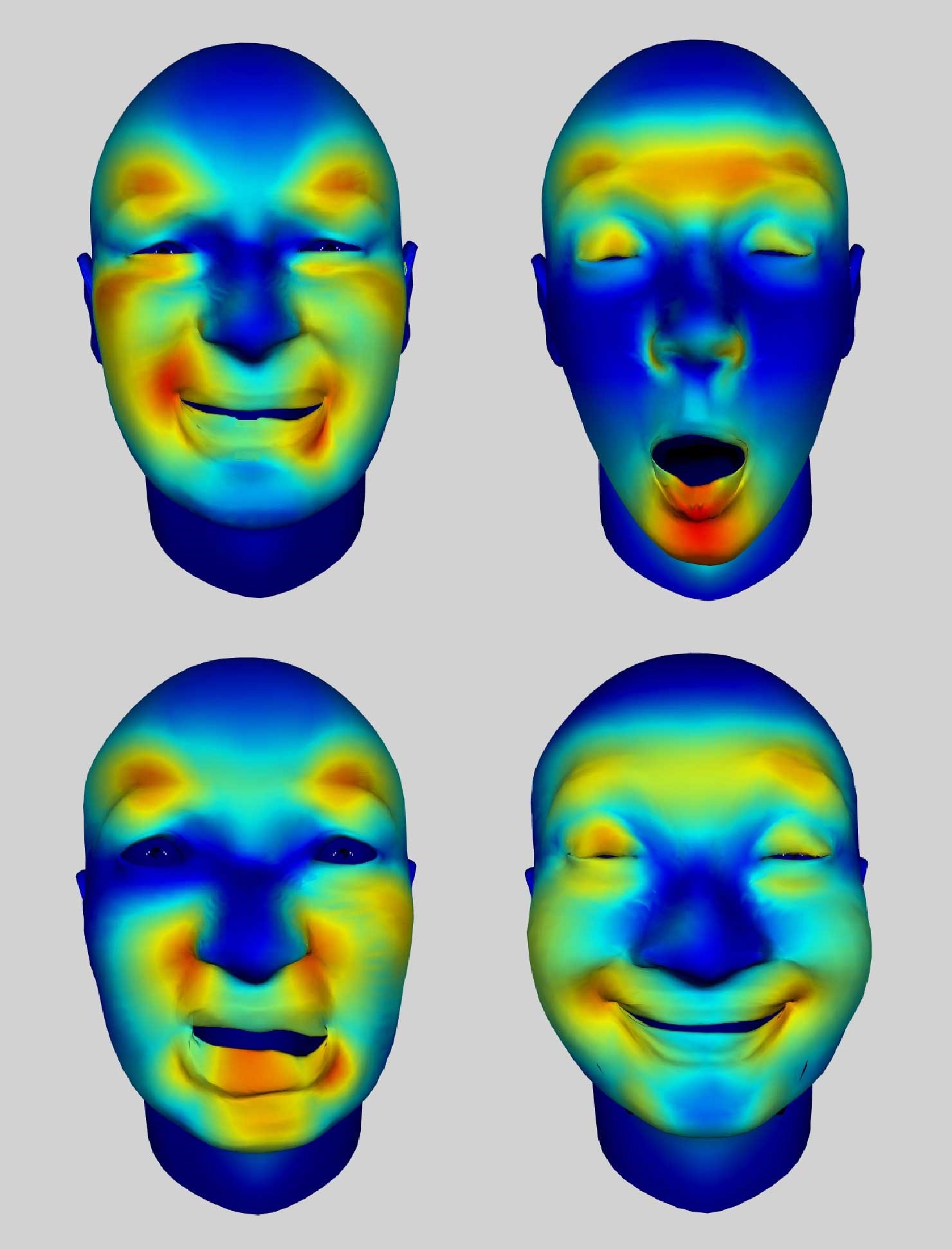Research by De Montfort University (DMU) has brought into question long-established beliefs about what our facial expressions are for.
Common-sense would probably tell us that we use our faces to express emotions to others. Thus, a smile reflects happiness, a pouting face sadness or a scowling face anger.

But this research, carried out by DMU’s Dr Carlos Crivelli in partnership with the University of Glasgow and the Autonomous University of Madrid, has found that culture plays a major role in how we expect certain experiences, such as pain and pleasure, to be displayed on the face.
The study, which was published in the prestigious scientific journal Proceedings of the National Academy of Sciences—USA, examined the mental representations held by Western and East Asian people in relation to the facial behaviours for both pain and orgasm.
Researchers found that for some experiences the observers’ mental representations were in line with the actual faces we display, but not for others.
While there were some similarities between Westerners and East Asians’ mental representations of pain, their mental representations did not fit entirely with the observed faces of people feeling pain.
On the other hand, the mental representation of the orgasm face was quite different for Westerners (closing eyes and open mouths) and East Asians (closing eyes and smiling).
“This research has shown that our mental representations of the facial behaviour we produce when we experience pleasure and pain are not an accurate reflection of our actual facial behaviour,” Dr Crivelli explained.
“Taking the bulk of observational studies of people experiencing pain and orgasm as a baseline, we were interested in testing whether there was a one-to-one correspondence between our expectations of certain facial behaviours – our mental representations – and the actual facial behaviour.
“Using a data-driven approach and complementary analyses comprising machine learning, information theory, and human perception, we found untenable the assumption that what we do with our faces necessarily maps into our beliefs of how our faces should look like when experiencing pain and orgasm. Culture plays a major role.”
RELATED NEWS
DMU research calls for change in approach to human psychology
Facial expression expert who spent over a year living with tropical islanders publishes new work
Do you feel like some comfort food? You should listen to music instead!
Dr Crivelli and colleagues found that both Western and East Asian observers have distinctive mental representations of the expressions of pain and orgasm, but these mental representations provided evidence of important cross-cultural differences.
Dr Crivelli said: “Interestingly, these mental representations shared some muscular movements with the observed behavioural displays of pain and orgasm across cultures but also included unobserved movements and cross-cultural differences worth noting.
“For example, although actual facial behavior and mental representations of orgasm both include mouth opening, East Asians’ mental representation of orgasm included smiles, which have not been reported in observational studies.”
Dr Crivelli believes that this study could have wide-reaching implications on how facial behaviour is interpreted and used by society. Thanks to a recently awarded British Academy/Leverhulme Small Research Grant, Dr Crivelli will now explore new possibilities to reconceptualise facial behaviours as tools for social influence, rather than readouts of emotions.
He said: “This research has shown that we should stop applying theories which assume that all cultures expect certain emotions to be shown by the same distinct expressions.
“These views have been very popular in the past and have been accepted by Governments, law enforcement agencies, educators, health professionals or even artificial intelligence developers.
“Who wouldn’t want to master the ‘grammar of the face’ and spot terrorists by looking at their facial behaviour? The harsh reality is that programmes that rely on assumptions such as the existence of universal facial expressions of emotion simply don’t work.
“Sadly, the US Government Accountability Office is now aware of this fact after spending billions of dollars on the application of this popular theory that assumes that faces are reliable and universal indicators of basic emotions. If we continue to fund such projects then a lot of time and money will ultimately be wasted.
“Studies like this one on mental representations between observers from industrialized societies or other studies that I published since 2016 with observers from small-scale, indigenous societies are aimed at reshaping the field of facial behaviour and social interaction.
“We need to work on the theoretical foundations of our discipline before generating applications on unstable grounds.”
Posted on Tuesday 23 October 2018